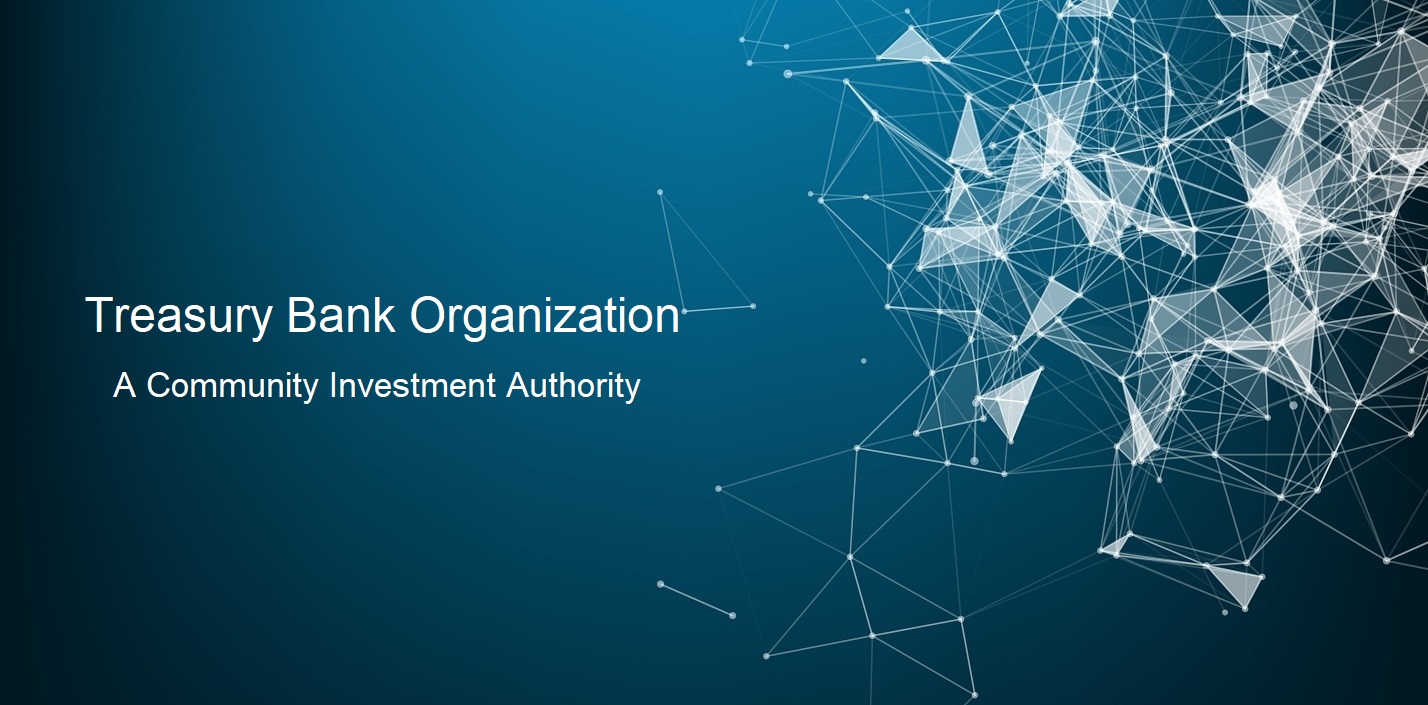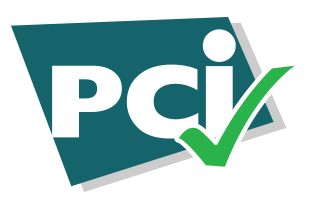Understanding Credit Transfer
Credit Transfer is a financial process that allows individuals or entities to move funds or credit balances from one account or entity to another. This article explores the concept of credit transfer, its practical applications in financial transactions, and provides examples to illustrate its use. What is Credit Transfer? Definition Credit Transfer refers to the movement of … Read more





